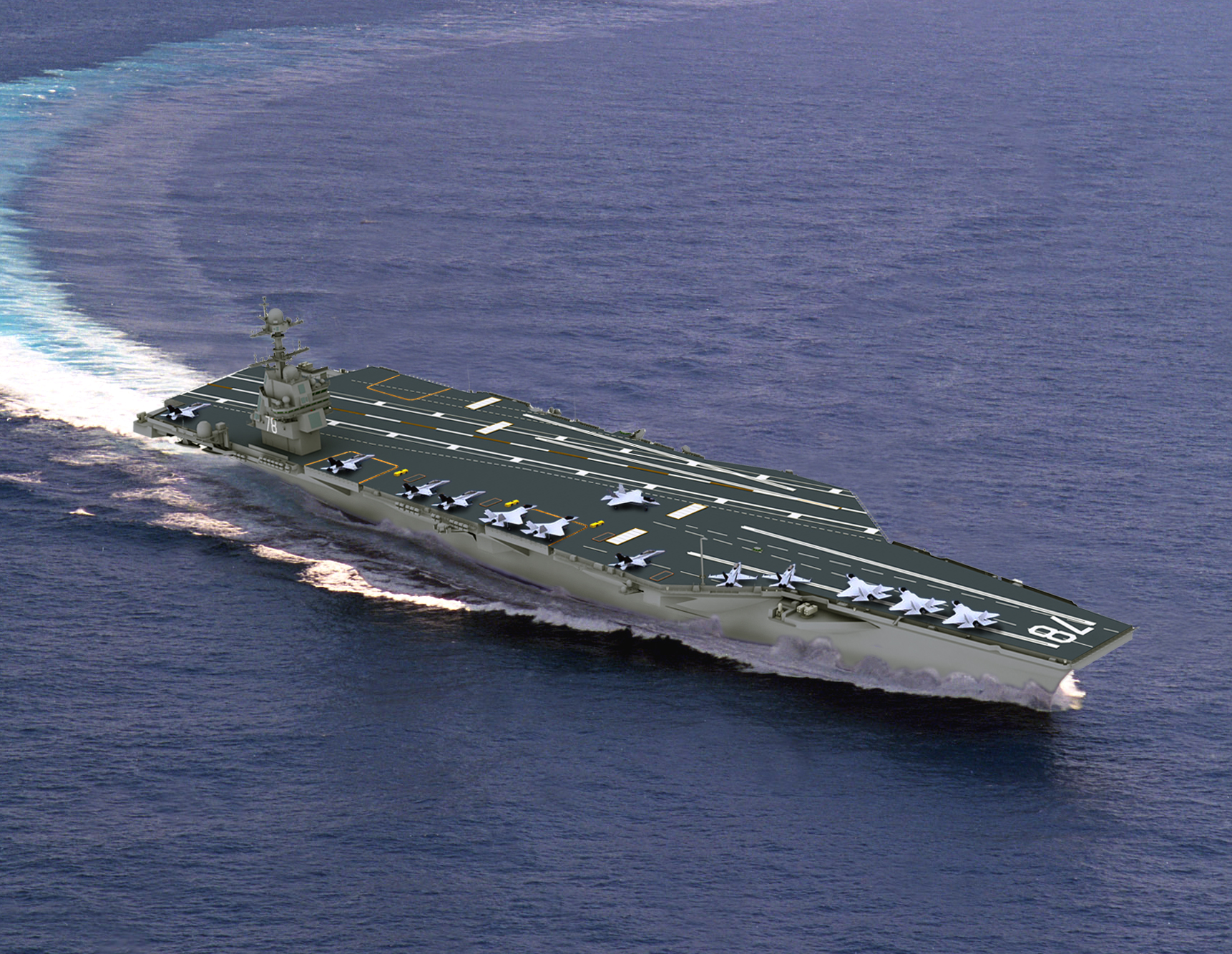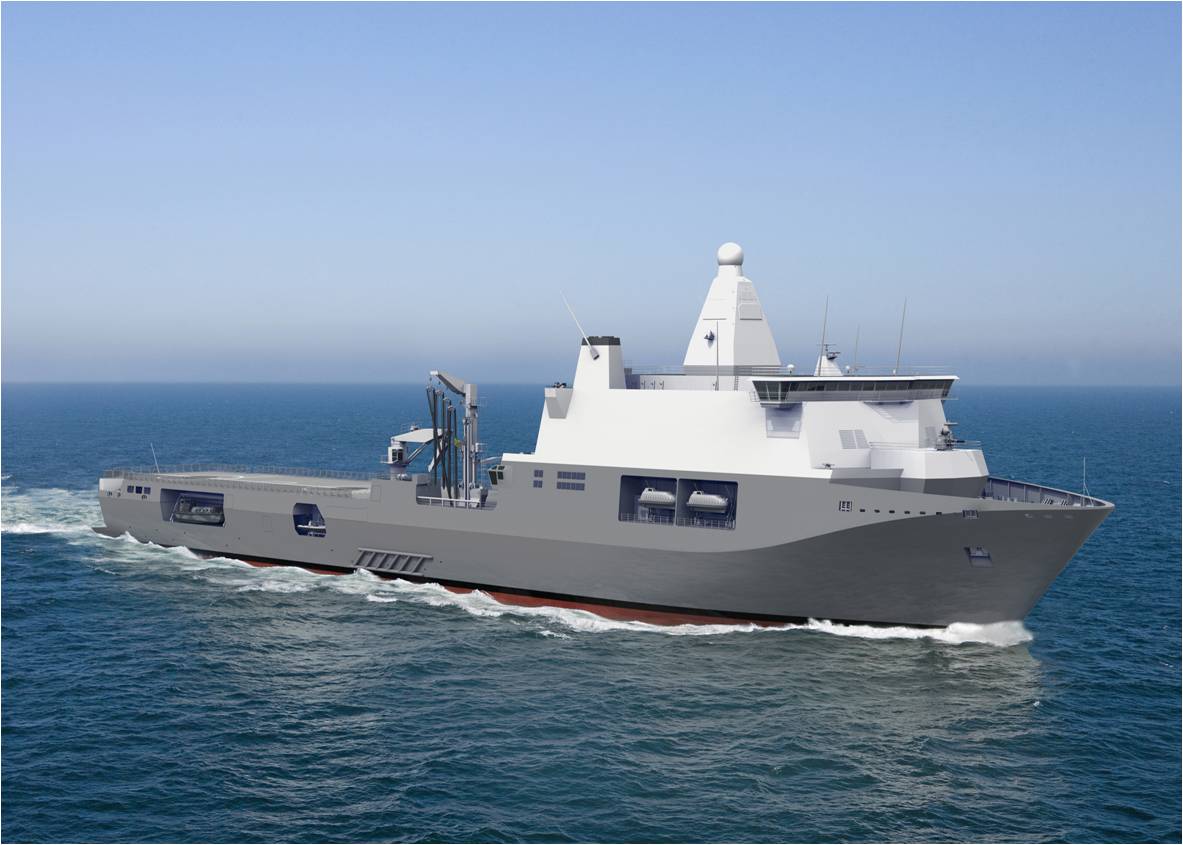I'm not certain why I'm fascinated with the new aircraft carriers being built by and for Britain, but I am. The first of these, HMS Queen Elizabeth will look almost complete this weekend when the aft "island" is attached to the deck. I'd like to make a few points about this project from a viewpoint substantially higher and more general than usual.
 |
| Computer graphic of HMS Queen Elizabeth moored beside the British Parliament |
|
First, why is Britain building an aircraft carrier? Britain learned a lasting lesson about the importance of having aircraft carriers when Argentina attacked the Falkland Islands in 1982. Britain would, most likely, have lost the
Falklands War if it didn't have the old aircraft carrier HMS Hermes and the smaller one HMS Invincible. I say "most likely" instead of "certainly" because it was recently revealed that President Reagan would have
approved the loan of the USS Iwo Jima to Britain if anything had happened to either carrier.
Now HMS Hermes, HMS Invincible, and HMS Ark Royal have been paid off, HMS Illustrious is coming to the end of her life, and the Harrier fighter planes that flew from these ships have been sold to the States, Britain wants replacements for both the ships and the planes.
The next question, of course, is how big the ships should be. Other carriers are in the 20,000 ton range (like the
Illustrious), 40,000 ton range (like the French
Charles de Gaulle), 60,000 ton range (like the Chinese
Liaoning) or 100,000 ton range (the American carriers).
Bigger is better in terms of capability since bigger can carry more planes and use them more efficiently. In addition, planes are getting bigger, too, so a carrier that is just big enough in the start of its career may well be too small for the next generation of planes. That is especially true if the ships are intended to last for fifty or more years.
Bigger is also more economical (if not necessarily cheaper), as anyone who buys laundry detergent in big tubs knows. As Admiral Sir Michael Boyce (later the First Sea Lord
and then Chief of the Defence Staff) said "Air is free,
and steel is cheap"; the electronic and weapons systems are expensive, but they cost the same on a large ship as a small one. The difference in cost between a larger and smaller ship comes down mostly to labour costs.
The design process for the ships reflects these truisms. Two proposals were made to the Ministry of Defence. One was a large ship with relatively inexpensive electronics and weapons; the other was a smaller one with more expensive electronics and weapons. The Ministry took the larger one as a base, but instructed that it have the more expensive systems from the other design. Of course, it ended up too expensive. The lead designer started to remove this and that, replace this with that, all to get the price back down again. However, he fought to keep the ship's size intact.
(That is really simplified. The full story is on the
Navy Matters blog. Be careful, though. Like the taste of a sausage, if you want to enjoy the design of the Queen Elizabeth class, you may not want to know too much about its origins).
Another aspect to cost is the size of the crew. The sailors need to be paid, and there is a limit to how many the government is willing to hire. Automation has worked wonders here. The Queen Elizabeth Class ships will require about the same number of sailors as the old Invincible Class, despite being three times larger.
Finally, what plane would the ships carry? The trade-off here is that simpler planes demand more complex, expensive ships, while more complex, expensive planes allow simpler, cheaper ships. This is true, at least, for the two planes that Britain considered.
The F35C (the "Carrier" version) has a lower price, longer range, fewer moving parts, and 25% less maintenance cost. On the other hand, it needs large, expensive, heavy catapults for the launch. These add to the expense of the ship, whether the traditional steam catapults or the new electromagnetic ones are chosen.
The F35B (the vertical take off and landing version) is more expensive, shorter range, has more moving parts, and is 25% more expensive to maintain but does without the catapults, reducing the cost of the ship. As a bonus, RAF pilots will be able to land on the ships with less training than they would need for other planes: landing on a moving target so that a hook on the plane catches the arrestor wires on the ship requires special expertise; landing vertically or coming to a short, rolling stop, less so.
A final consideration in determining the size of the ships is the size of your dock. There, Britain was lucky. No. 1 Dock in Rosyth, Scotland, was built in 1907 for the construction of battleships. With a little modification to take the flat bottom of a 65,000 ton aircraft carrier, as opposed to the classic "V" shape of a battleship, Rosyth could handle the construction of the carriers.
 |
| No. 1 Dock, Rosyth, being prepared |
Construction is well advanced on the first of the carriers, HMS Queen Elizabeth, and some of the construction blocks are ready for the second ship, HMS Prince of Wales.
This Youtube video gives a good look at the final design.
We can now judge how good the choices that shaped their design have been. If we compare the two British ships with the newest American carrier,
the USS Gerald R. Ford, we find quite a few similarities.
 |
| Computer graphic of the USS Gerald R. Ford |
The combined displacement of the British ships, when fully loaded, is 130,000 tons, so almost a third more than the Gerald R. Ford. They can carry up to thirty-six planes each, or a combination of planes and helicopters, for a combined total about the same as the American ship. Since each British ship carries about 1,600 men, including both the crew and the air component, they require 3,200 together, which is considerably less than the 4,297 on the Gerald R. Ford.
The most important comparison is the overall cost. The two British ships cost about £5.9 billion ($
9.2 billion US) for the whole program, whereas the USS Gerald Ford costs $9 billion for the carrier itself or, if the R&D is included, $14 billion.
On the other hand, the British will, most often, be operating only one of their carriers at a time, which may not halve the operating cost for the two ships together, but would certainly reduce it. Over fifty years, that should add up to a lot of savings.
Despite all the debate and backtracking and compromise during the design of the new aircraft carriers, I think the result makes a lot of sense. Britain will be the only nation able to match a single American carrier strike group in power, yet will be able to leave half of that power in port most of the time. Two ships are clearly more survivable in battle than one, as well. The choices of a large ship, a relatively small crew, and the simpler, cheaper ship design allowed by VTOL planes, still meet the Royal Navy's needs for air power, for amphibious landing support, and for humanitarian aid after a natural disaster.
So, in summary, Britain's getting a supercarrier with about the clout of an American one, for about the cost of an American one, only split into two hulls.
------------------------------------
By the way, the French were interested in adapting the British design to create their next carrier, the Porte-avions 2 or PA2.
The most recent information is that they have decided to go with a different design. It will still be 65,000 or 70,000 tons, and conventionally powered, but have catapults for its Rafale fighter planes, and a single island rather than the unique two-island design on the Queen Elizabeth class. When or if the money will be made available for this, who knows? In the meantime, the design is being
proposed to Brazil.
 |
| Model of the proposed French carrier |
-------------------------------------------
Update: From
this page on the "abovetopsecret.com" blog:
Combined the two ships are planned to have an
availability of 584 ship days a year (292 per ship), a 6 day interval
between docking and a refit
interval of 6 months.
-------------------------------------------
Update on costs (4 July 2013).
According to Bloomburg, the cost of the USS Gerald R. Ford has gone up 22% in the last five years due to problems with "Technical, design and construction challenges.” The GAO's current estimate of its cost is $12.8 billion but "The Pentagon’s independent cost-estimating office, the
Congressional Budget Office and a Navy-commissioned panel
project final costs as high as $14.2 billion, the GAO said."
On the other hand,
the most recent information I can find on the British carriers is "The NAO is sceptical that overall project costs will remain at the
£5.46 billion promised by the MoD, but accepts that rises will be
inevitable." That is why the figures quoted in the posting are that they will cost £5.9 billion ($
9.2 billion US). I am assuming that "overall project costs" include the R&D and design work.
If we compare $9.2 billion to $14.2 billion, which is a decent guess at the final figures, then the British will be getting roughly the same plane-carrying ability as the Americans for about two-thirds the price. (64.7% of the price).
-------------------------------------------
Update on size (4 August 2013). There's a good article on the Royal Institute of Naval Architects website summarizing the progress to date on building, designing, and even deciding the future ships of the Royal Navy. Its title is, appropriately, "Progress being made but uncertainties remain." One remark that stood out is on the Queen Elizabeth class:
Work on the circa 70,600tonne ships (an increase of 4,600tonnes over the
original estimates) continues and on 14 March 2013 the forward island
of Queen Elizabeth was attached to the hull at Babcock International’s
yard in Rosyth. She is scheduled to be ‘launched’ next year and fitted
out by ‘early 2017’ and will probably now be commissioned in 2017 rather
than 2016 as originally envisaged. Trials will also begin in 2017 and
she should reach full operational capability in 2020.
I had not heard elsewhere that the displacement had been increased to over 70,000 tonnes.
----------------------------------------
Update (25 Sept 2013). The Aircraft Carrier Alliance has released new computer graphic images of HMS Queen Elizabeth. Quite nice and detailed. The people in the pictures give the scale of the ships.











